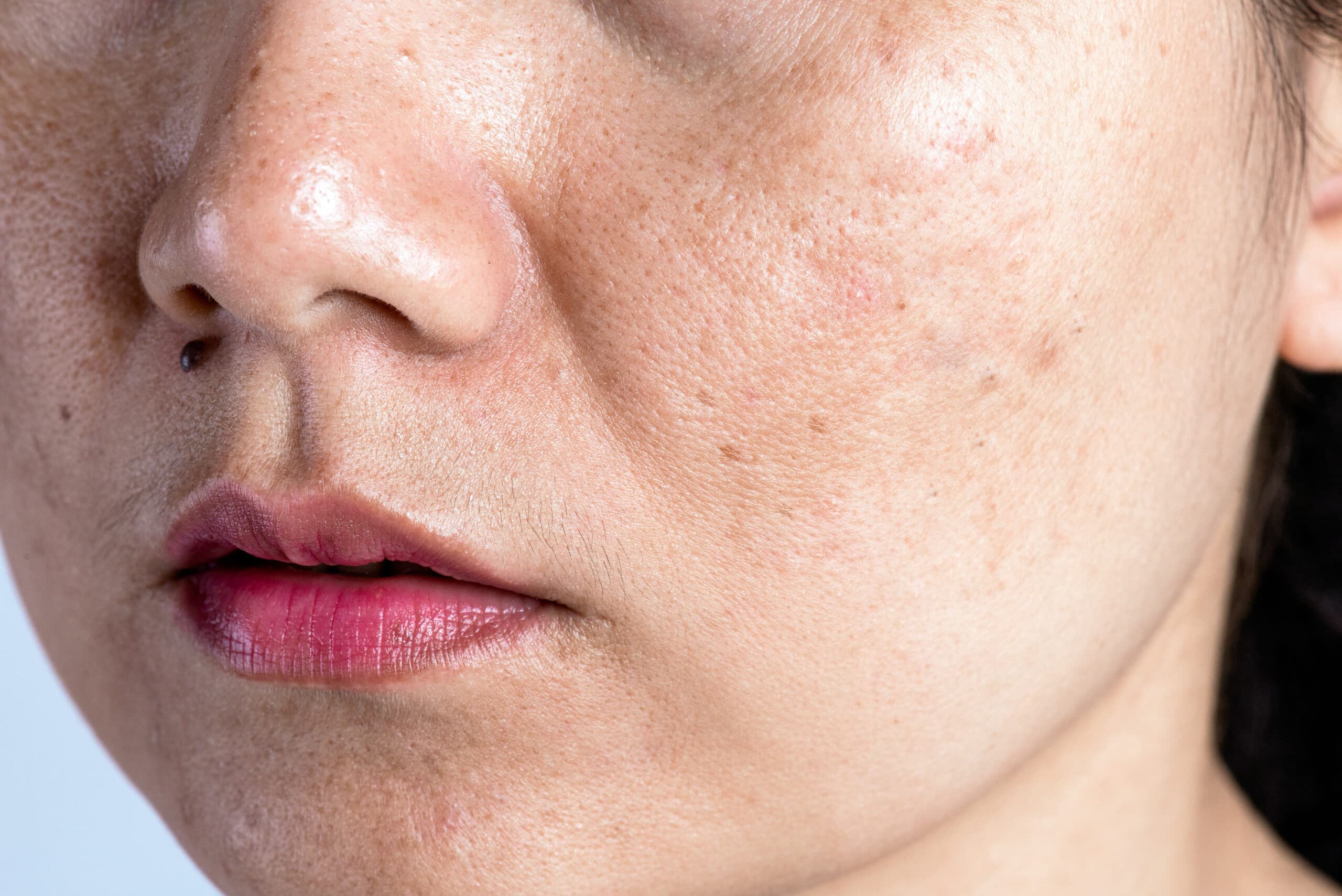
29 Sep Hormonal Imbalances and Pigmentation | Skin Clinic Penang
Beautiful, radiant skin is something we all desire. However, various factors can affect the health and appearance of our skin, with hormonal imbalances being one of the most significant culprits. In this comprehensive guide brought to you by A Klinik, a skin clinic Penang, we will delve into the connection between hormonal imbalances and pigmentation, shedding light on how these imbalances can impact your skin’s health and what you can do to manage and prevent pigmentation issues.
Understanding Hormonal Imbalances
Before we delve into the relationship between hormonal imbalances and pigmentation, it’s crucial to understand what hormonal imbalances are and how they can occur. Hormones are chemical messengers in our body that regulate various functions, including growth, metabolism, and, yes, skin health. When there is an excess or deficiency of certain hormones, it can lead to hormonal imbalances. Common hormones involved in skin health are estrogen, progesterone, testosterone, and cortisol.
The Link Between Hormonal Imbalances and Pigmentation
Skin pigmentation is a complex process governed by various factors, and hormonal imbalances are a significant player in this intricate interplay. Understanding the connection between hormonal imbalances and pigmentation can shed light on why certain skin conditions occur and how to effectively address them.
Melasma
One of the most well-known pigmentation issues associated with hormonal imbalances is melasma. This skin condition is characterized by dark, irregular patches on the face and is often referred to as the “mask of pregnancy” because it frequently occurs during pregnancy due to hormonal fluctuations. However, hormonal changes from birth control pills or hormone replacement therapy can also trigger melasma.
Post-Inflammatory Hyperpigmentation (PIH)
Hormonal imbalances can exacerbate skin conditions like acne. When acne lesions heal, they can leave behind dark spots known as post-inflammatory hyperpigmentation. Hormones can influence the severity of acne, making it a common contributor to PIH.
Hormonal Imbalances in Women
Hormonal imbalances are more common in women, primarily due to their complex hormonal fluctuations throughout their lives. Here are some key stages when hormonal imbalances can affect skin health:
Puberty: Hormonal changes during puberty can lead to acne breakouts and subsequent pigmentation issues.
Pregnancy: As mentioned earlier, pregnancy hormones can trigger melasma. It’s essential for expectant mothers to take extra care of their skin during this time.
Menopause: Menopausal women often experience a decrease in estrogen levels, which can lead to a decrease in collagen production and skin thickness, making pigmentation issues more noticeable.
Hormonal Imbalances in Men
While hormonal imbalances are more common in women, men are not exempt. Hormonal imbalances in men typically involve fluctuations in testosterone, the primary male sex hormone. Testosterone plays a crucial role in various bodily functions, including muscle mass maintenance, bone density, and the regulation of secondary sexual characteristics. Conditions like hormonal acne can affect men, causing skin issues and potentially pigmentation problems.
Managing Pigmentation Due to Hormonal Imbalances
Pigmentation issues resulting from hormonal imbalances can be distressing, but they are manageable with the right approach. Whether you’re dealing with melasma, post-inflammatory hyperpigmentation (PIH), or other skin concerns linked to hormonal changes, here are effective strategies for managing and improving your skin’s appearance.
1. Consult a Dermatologist:
The first step in managing pigmentation due to hormonal imbalances is to seek professional guidance from a dermatologist. A dermatologist can accurately diagnose your skin condition, identify the underlying hormonal factors, and recommend a tailored treatment plan. This plan may include topical treatments, oral medications, or in-office procedures.
2. Sun Protection:
Sun exposure can worsen pigmentation issues, so daily sun protection is crucial. Follow these guidelines:
Broad-Spectrum Sunscreen: Use a broad-spectrum sunscreen with SPF 30 or higher. Apply it generously to all exposed skin areas, even on cloudy days, and reapply every two hours when outdoors.
Protective Clothing: Wear wide-brimmed hats, sunglasses, and clothing that covers your skin when spending extended periods in the sun.
Seek Shade: Avoid direct sunlight during peak hours (10 a.m. to 4 p.m.) when UV radiation is strongest.
3. Topical Treatments:
Dermatologists often prescribe topical treatments to address pigmentation concerns. Common options include:
Hydroquinone: A skin-lightening agent that inhibits melanin production. It’s effective for melasma and PIH but should be used under professional guidance.
Retinoids: These derivatives of vitamin A can help improve skin texture, reduce pigmentation, and promote collagen production. They may be prescribed or available over-the-counter.
Azelaic Acid: Effective for treating melasma and acne-related pigmentation. It also has anti-inflammatory properties.
Vitamin C: An antioxidant that can help reduce the appearance of pigmentation and brighten the skin. Look for serums containing vitamin C.
4. Chemical Peels:
Chemical peels, performed by dermatologists or skincare professionals, can help remove the top layer of pigmented skin, revealing fresher, more even-toned skin beneath. Different types of chemical peels are available, ranging from mild to deep, depending on the severity of your pigmentation issues.
5. Laser Treatment:
Laser treatments, such as Intense Pulsed Light (IPL) and fractional laser, target pigmented areas of the skin and stimulate collagen production. These procedures can be effective for melasma and certain types of pigmentation.
6. Hormone Management:
If hormonal imbalances are contributing to your pigmentation issues, working with a healthcare provider to address these imbalances may be necessary. Hormone therapy or lifestyle modifications can help stabilize hormone levels and, in turn, improve skin health.
Conclusion
In conclusion, hormonal imbalances can have a significant impact on pigmentation, leading to skin concerns like melasma and post-inflammatory hyperpigmentation. However, with the guidance of a dermatologist or certified doctor and a comprehensive skincare routine, you can manage and even prevent these issues. A Klinik, a Skin Clinic Penang is here to help you achieve radiant, healthy skin by addressing the root causes of pigmentation problems. So why wait? Book your appointment today and take the first step towards a more confident and healthy you!
Contact us today to get started. Click the button below!
Enjoyed this blog? For more blogs regarding skin treatments, check out our blogs!




Sorry, the comment form is closed at this time.